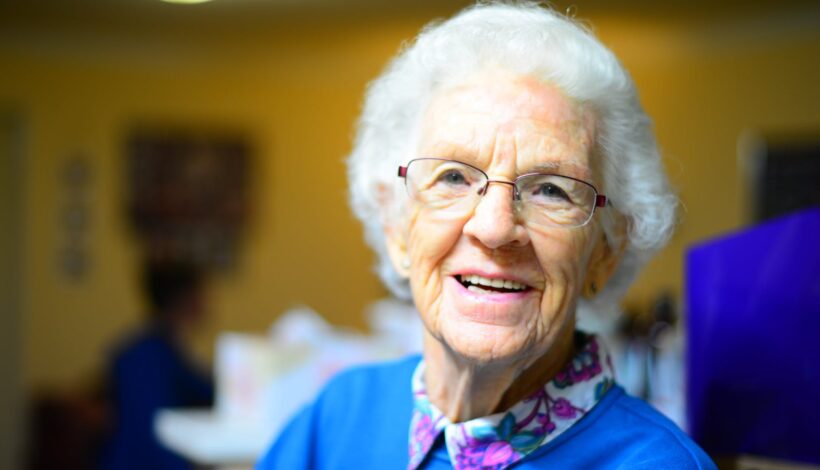What a difficult job it is for nurses that take care of kids that are in pain; these nurses make a difference in each child’s life that they touch. Jean Watson’s theory of human caring is a good example of our human caring for others. Jean Watson’s theory of human caring focuses on giving as an extension of self. It is about instilling faith and hope in a person (Alligood, 2013). When a person is sensitive to another person’s feelings, it helps to build a trusting relationship. It is important to acknowledge the positive and negative feelings that a person puts out to another person.
Jean Watson believes in her theory that we experience personal growth through teaching and learning as well as spiritual and socio-cultural well-being. Jean Watson’s theory emphasizes spiritual and nursing practice, which in turn will promote caring and love to the patient. This will then develop into a caring relationship. The theory allows the nurse to understand the other person’s perspectives on things and form a mutual bond. It also promotes growth when a caring environment is formed allowing the patient to be who they are and be accepted for it. In the case of caring for a child, it creates a natural caring environment that will help the child and the parent cope during a difficult time.
References
Alligood, M. (2013). Nursing Theorists and their Work (8th ed.). Retrieved from http://online.vitalsource.com/books/9780323091947
Dr. Rosie Moore https://rosiemoore27.com/



